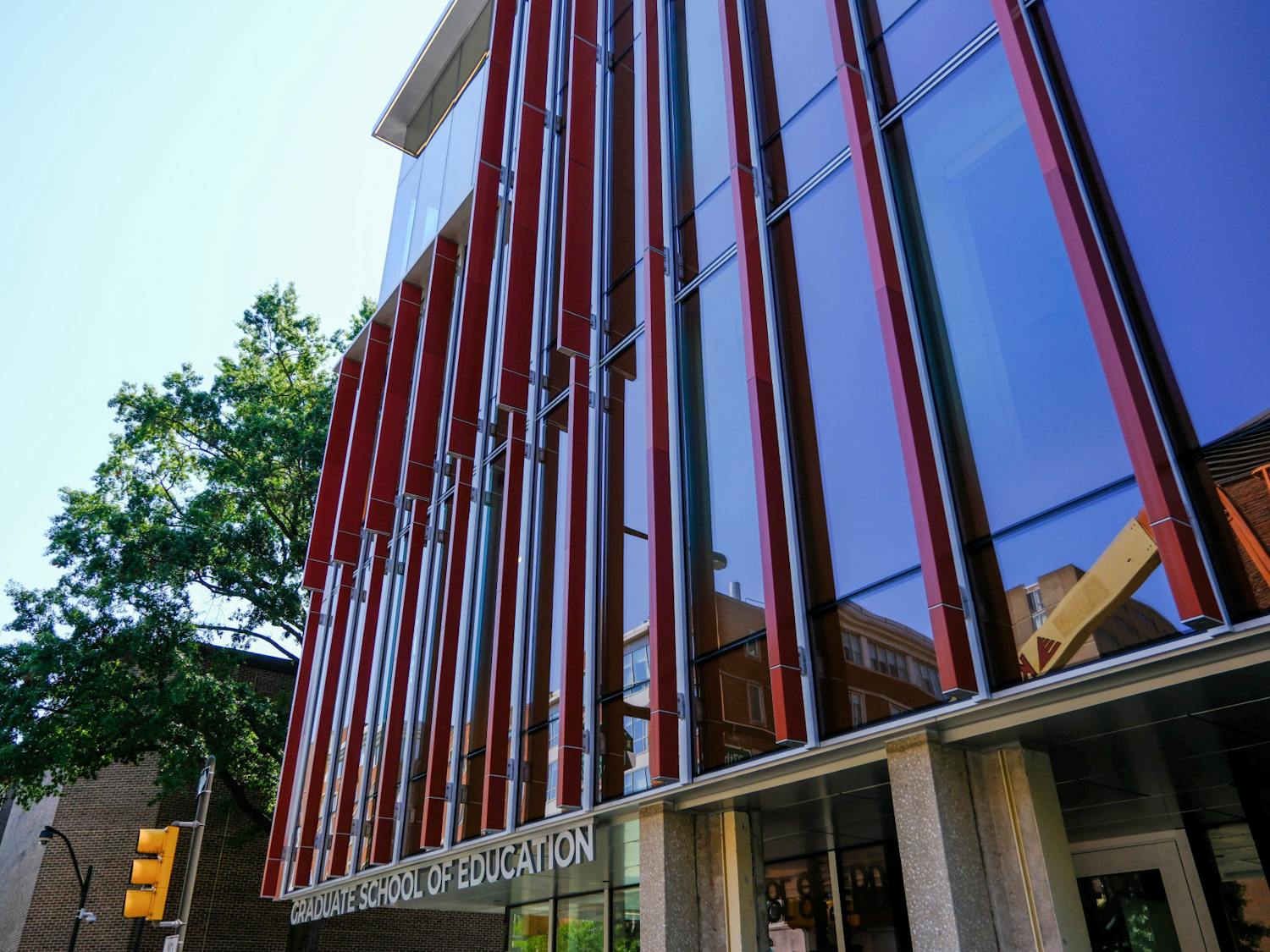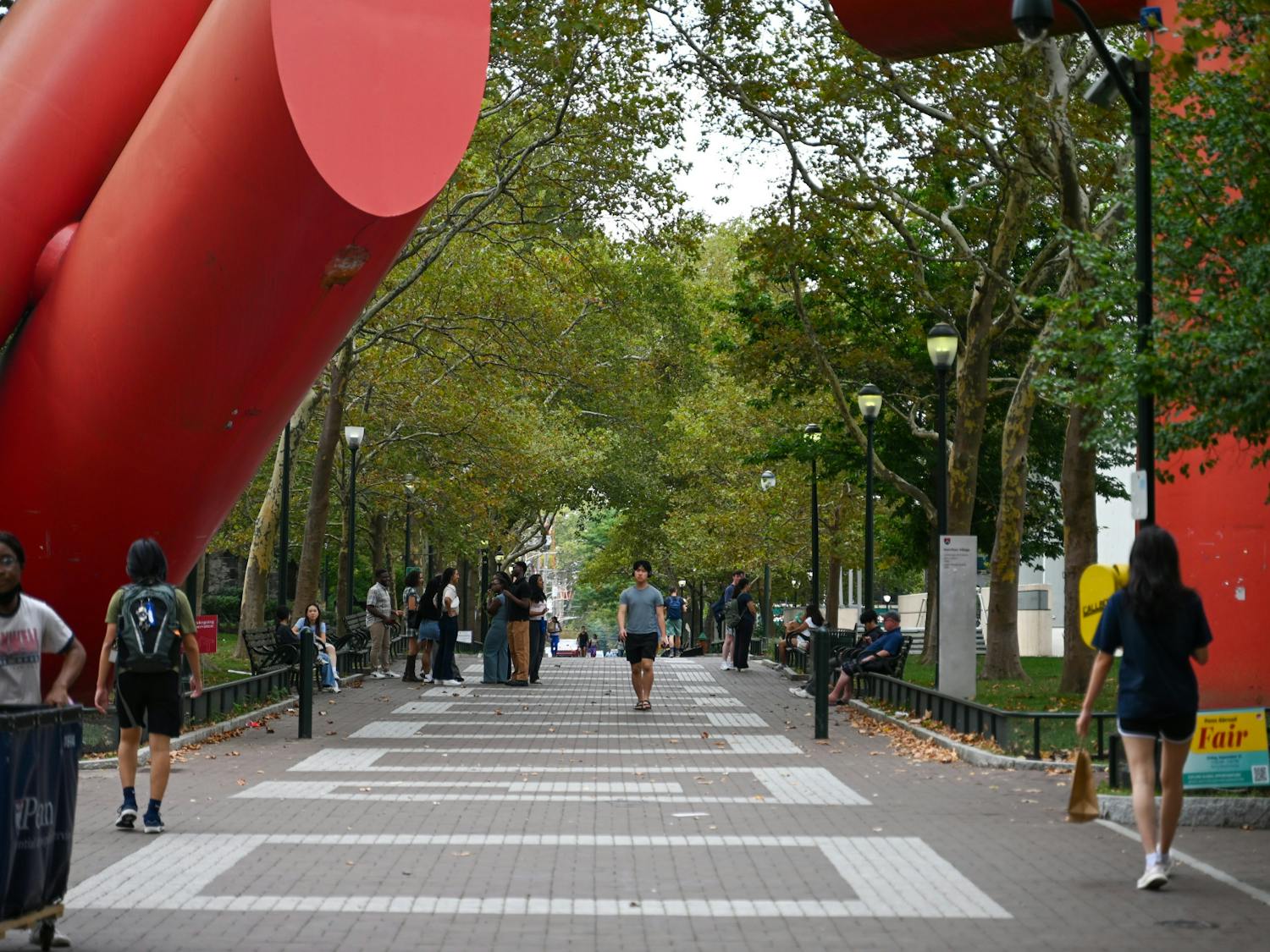When Roberts Proton Therapy Center opens in fall 2009, it will bring to Penn a type of facility that has attracted attention for both its effectiveness and high price.
And while critics have spoken out against its costliness, researchers see proton therapy as an important and effective treatment option for some patients, and Penn expects the center to be in demand.
Proton therapy, a type of radiotherapy that focuses protons directly on tumor sites, effectively targets and kills tumors while significantly decreasing the dose of radiation to surrounding tissues, said Leonard Arzt, the executive director of the National Association for Proton Therapy.
Most commonly used to treat brain tumors, prostate cancer, gynecologic malignancies and childhood cancers, proton therapy has fewer side-effects than standard radiation treatments.
Critics of proton therapy centers stress the cost differential between the equipment necessary for proton therapy and that of standard radiation.
But for some patients, proton therapy is probably the best option, regardless of the cost, said Stephen Hahn, a Penn professor of radiation oncology.
"If less expensive treatments are just as good, we will use them," he said. "But, if it reduces side effects or cures patients, we should use proton therapy."
Researchers are currently trying to determine the best types of patients to treat with proton therapy, Hahn said.
The $140-million facility's location in the Perelman Center for Advanced Medicine will place it in close proximity to other cancer treatment options, such as -radiation, chemotherapy and surgery.
Doctors, nurses and therapists will travel between the two facilities, Hahn said.
"Proton therapy is not for everyone," he added. "If you go to the department of oncology, they will give you the best opinion of all the options."
The center will be the first in the mid-Atlantic and the fifth of its kind in the world.
Proton therapy is a relatively recent medical development, and its use is becoming more widespread.
The first proton-treatment center opened in 1990 at Loma Linda University in California, and until 2003, the Loma Linda center was the only one in the United States.
Penn's facility will contain five treatment rooms - four gantries, which circle around the patient and allow physicians to deliver the proton beam at any angle, and one fixed-beam room.
The machine used to form the proton beam and deliver the treatment, the cyclotron, will be delivered to Penn on Thursday.
Hahn said he expects each patient to spend 20 minutes in the treatment room and the actual treatment to take between five and 10 minutes.
By 2010, the facility hopes to treat between 250 and 350 patients per day, almost exclusively on an outpatient basis.
According to Arzt, there is currently more demand than supply for proton-therapy facilities.
"Penn will be overwhelmed with patients who want to be treated," he said.








